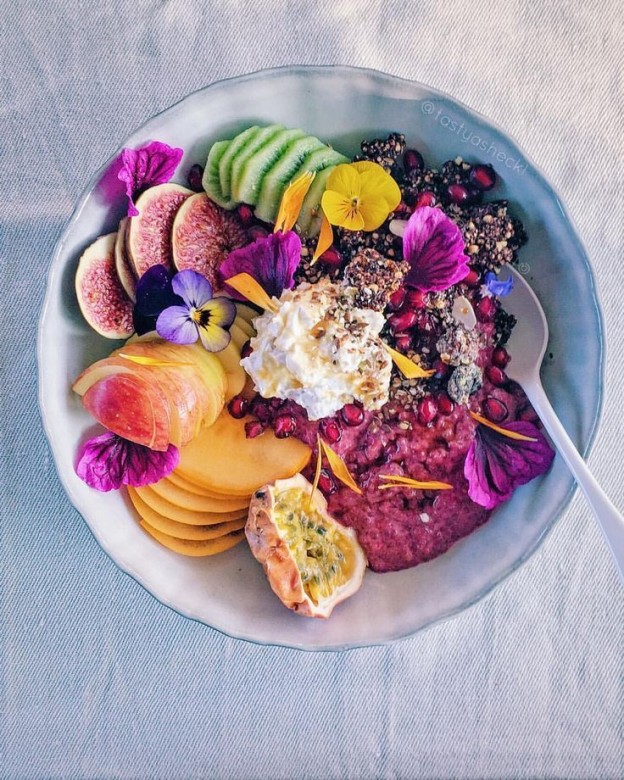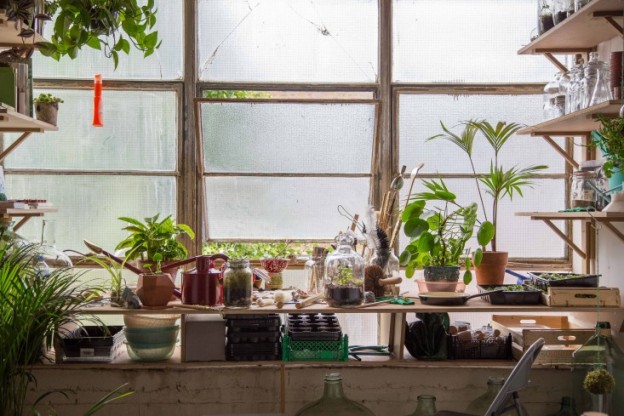‘The Politicisation of Everything’ is a phrase that has come to me over the past couple of years in light of the culture wars. It’s a benign way of saying ‘the weaponisation of everything’ – but it often amounts to the same thing. The heat is being dialled up around the most seemingly trivial everyday choices, behaviours and practices. Now everything is politics; sometimes, war.
In this post I’ll look at food. Two huge trends – zero-carb carnivory and plant-based eating – are circling each other like hungry beasts or facing each other down like monster plants (to keep the metaphors equitable).
This is how they polarise. If you’re on the carnivorist side (a form of extreme paleo in which intake consists of 100% meat and water), you’re on the libertarian Right. A suite of correlative preferences will line up behind. Hyper-neo-masculinisation, tick. Suspicion of experts and authorities, tick. Bitcoin entrepreneurship, tick.
If you have plant-based predilections, you’re on the liberal Left, likely to be a feminist granola-muncher and sentimental champion of the downtrodden.
My purpose here is to take a deeper dive into the mechanics of this polarisation. What symbolically connects the Right and meat; what symbolically connects the Left and plants?
One thread that is worth picking out concerns aesthetics. The Right likes to claim connections with the Real – the raw struggle that can’t be aestheticised (Hobbes; ‘nature red in tooth and claw’).
And a key component of contemporary and alt-right thinking is a refusal to make things pretty where they are not. Here, liberal beliefs in equality and justice are framed as aesthetic – they are an attempt to prettify the more uncomfortable natural order, premised on fight, hierarchy, earned power.
Now liberal plant-eating performs its own part in this on-going political drama perfectly. Plant-eating is represented as aesthetic – search Instagram for plant-based eating and you’ll find food represented in the form of dazzling rainbow mandalas – hyperbolically aestheticised and fantastical. In the same way, liberals are seen to want to construct and engineer social reality too, creating pretty fictions of equality and kindness.
Meat, on the other hand, can’t be prettified (at least the real meat beloved of Bitcoin carnivorists). It’s torn, ragged and irregular. Hence its symbolic power within right-wing thinking. It’s where nature refuses to be pretty; refuses fantasy and fiction; and reveals itself as hierarchical and intrinsically asymmetrical (unaesthetic).


